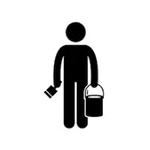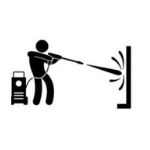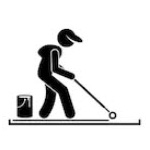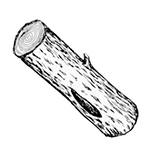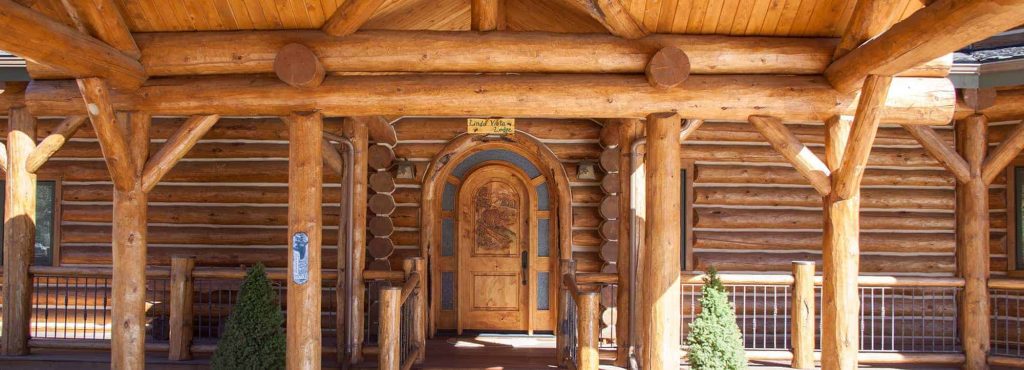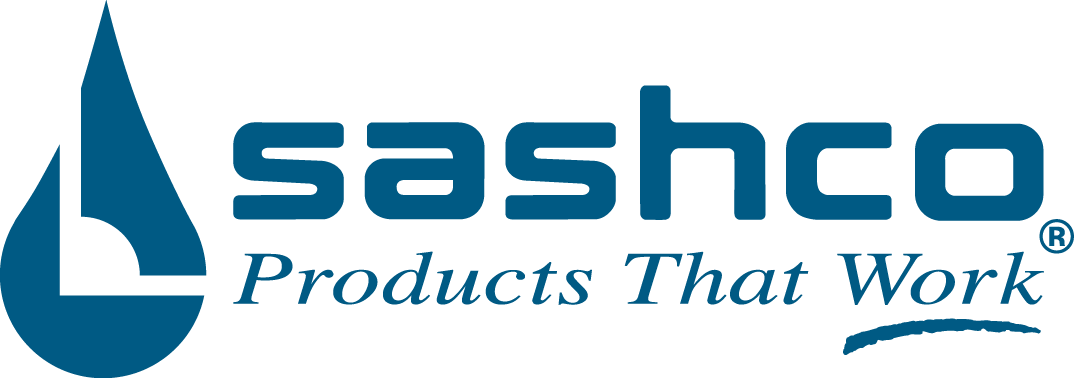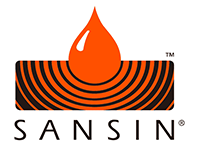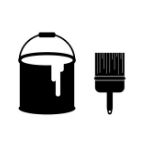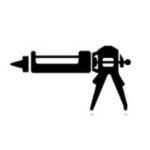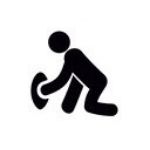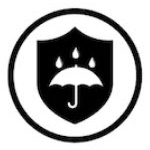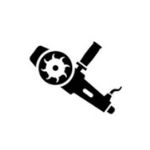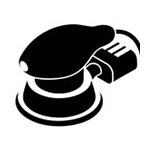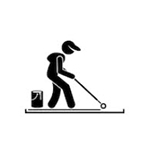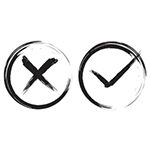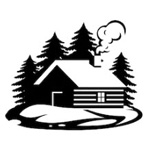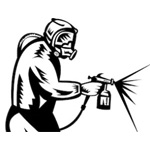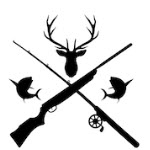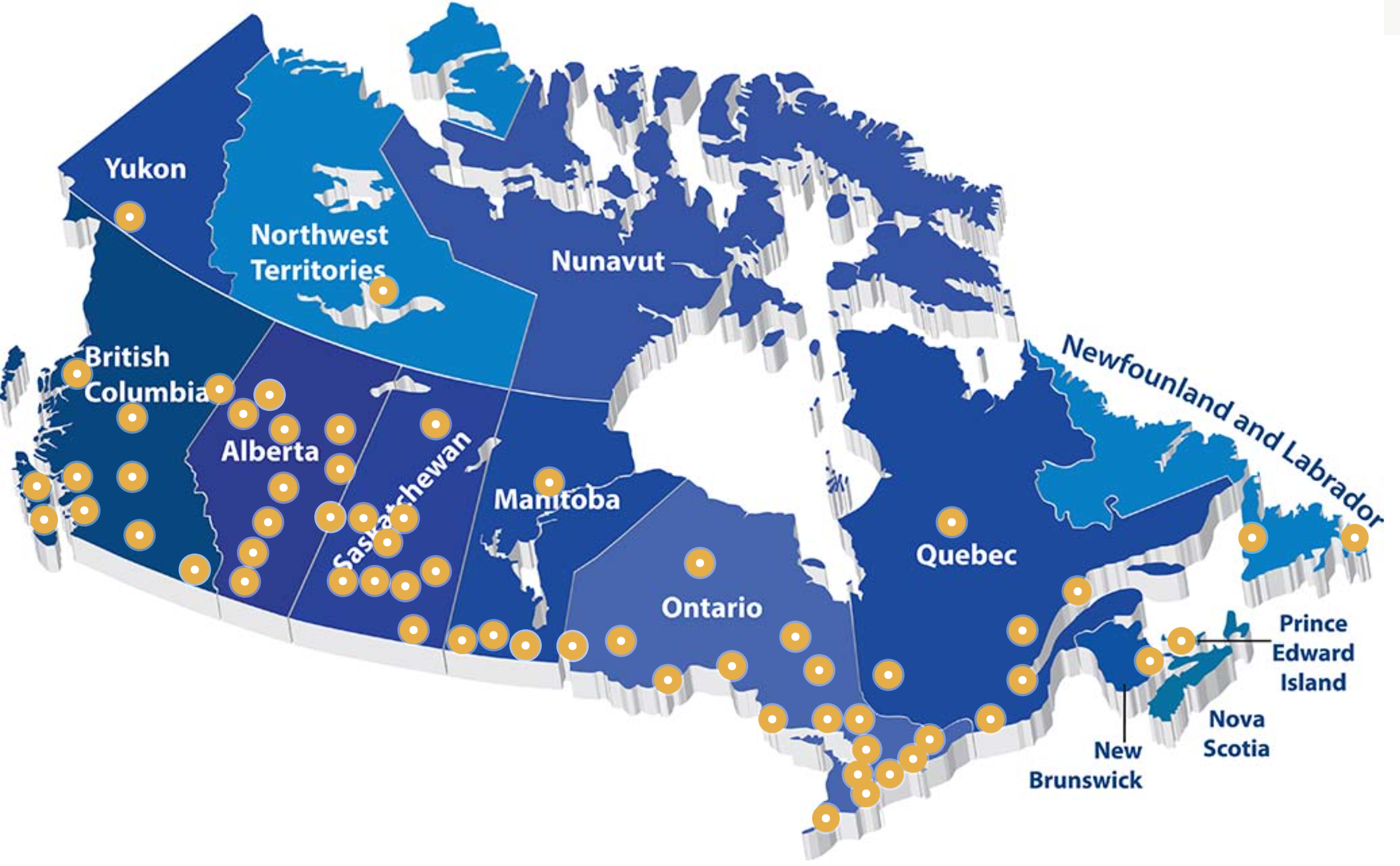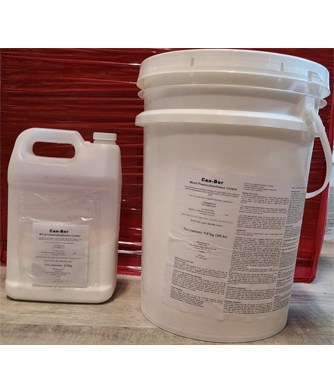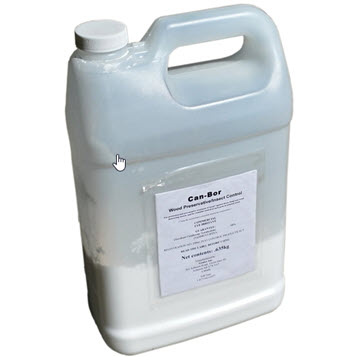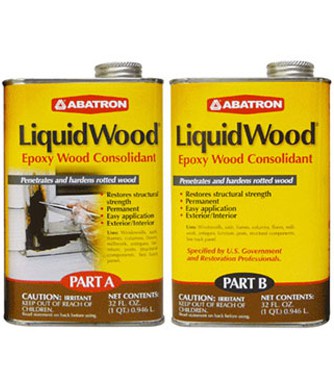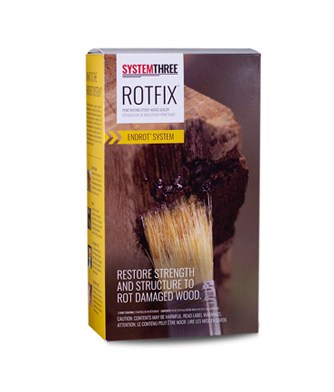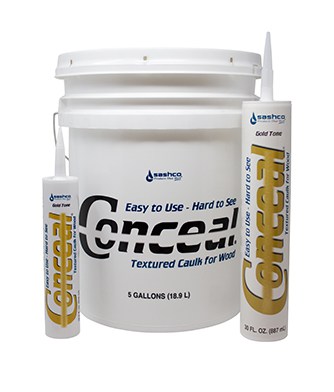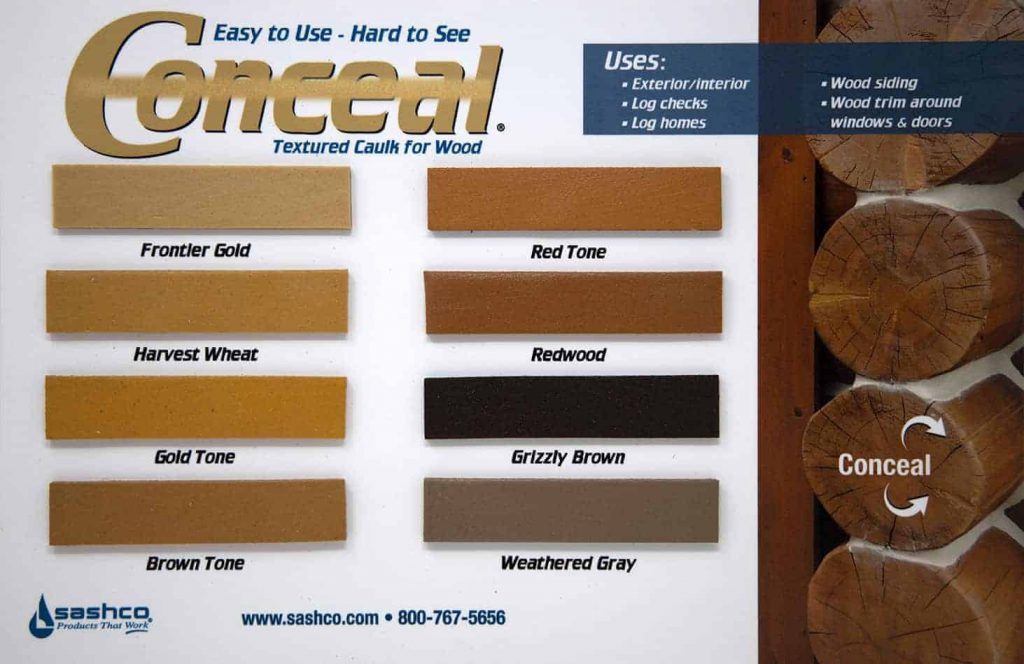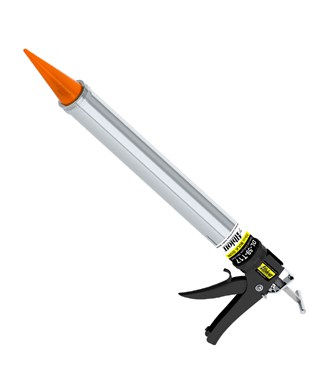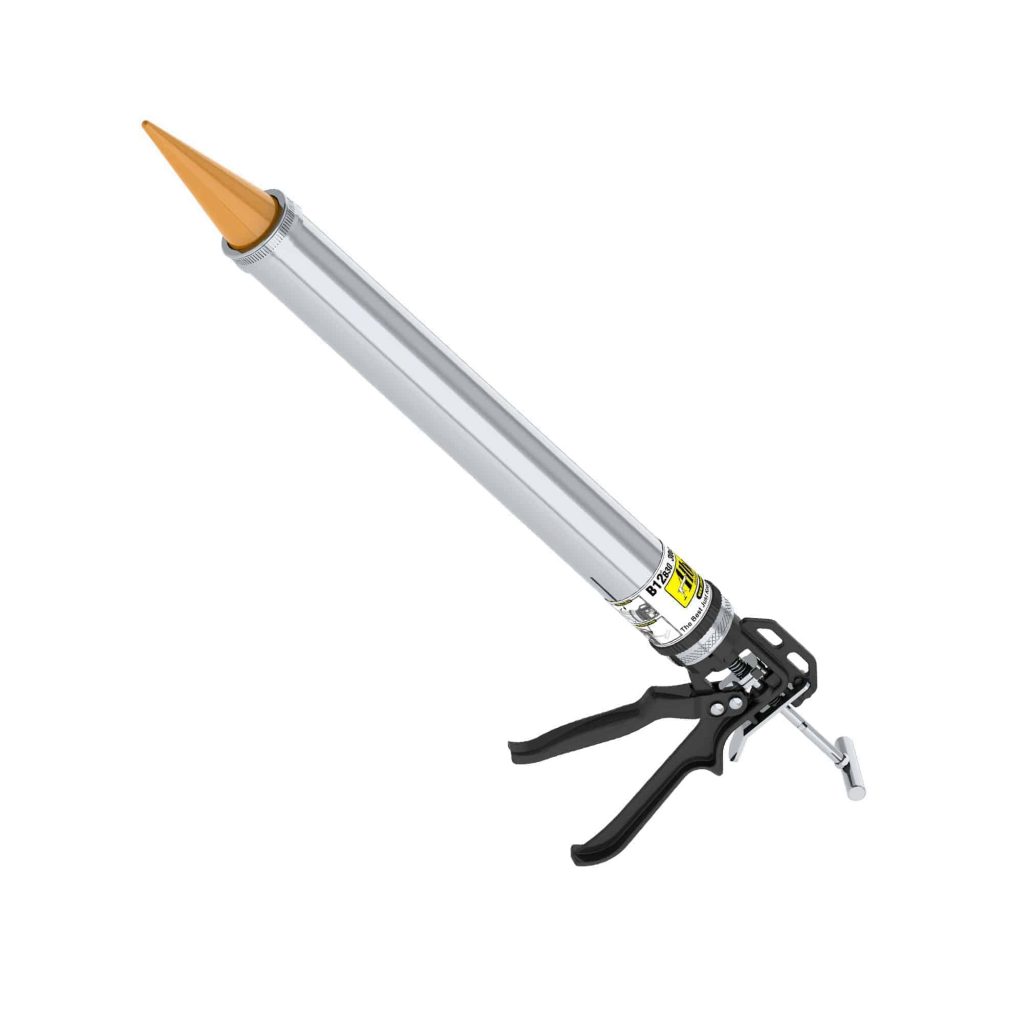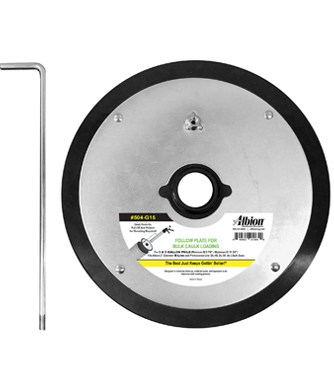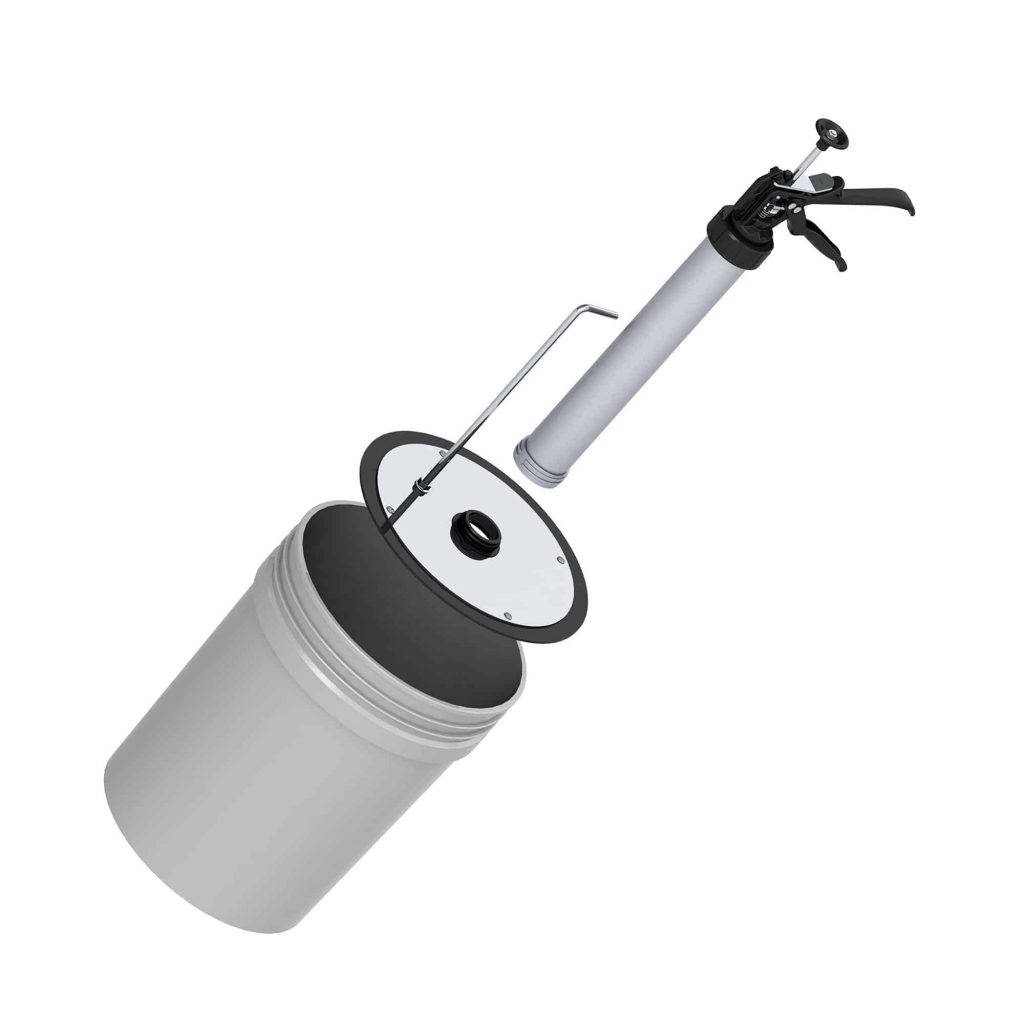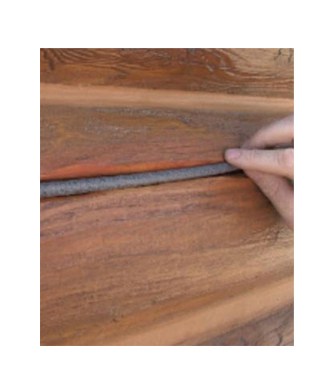How to Fix a Rotten Log And Prevent Log Home Rot

Fixing Rotten Logs or Wood
Rotten wood is a nightmare for every log cabin owner. Unfortunately, at one point or another, you may have to do some log rot repair work on your home. Whether it’s the logs themselves, the door frame or a beam, rotted wood can damage the structure of your log house. So, the sooner you deal with it the better.
The problem is that the cost of replacing a log is usually high and can be difficult to afford by many homeowners. We’ve put together this guide on how to preserve wood from rotting and how to repair rotted log ends. Below, you will discover more about the many types of log rot and how to protect your home against decay.
Borate Can-Bor Professional
Abatron Liquid Wood
System Three Rotfix Petrifier
Sashco Conceal Caulking
REQUEST FREE SAMPLES (click here)
Sealant Calculator & More InfoHow do I Repair a Rotten Log or Timber?
While each scenario calls for slight adjustments to the below steps, it is a great starting point for repair.
Steps:
- Determine if the log is repairable or if it requires replacement. Typically if it is 50% or more rotted, it will require replacement. If less than 50% proceed to the below steps. A sharp screwdriver or ice pick works well to probe how deep the rot goes.
- Removing the soft or rotten wood usually provides the best results. However, sometimes people will leave the outer portion of the log alone if the log rot is more internal.
- Once the soft areas are removed, spray/pour/inject the area with Borate to kill the fungus that is causing rot. After this step, you will need to let it dry to below 19% moisture content before proceeding to the next step
- Usually at this stage we will harden the remaining wood using a petrifier/consolidator/hardener such as Abatron’s Liquid Wood or System Three’s Rotfix. It is hard to determine how much of this you will require as you are putting it in the voids. (think an ant hill)
- Next is the rebuilding portion. Some jobs don’t require rebuilding if they are unseen or will not be prone to water shed problems. For rebuilding, we typically use a wood epox such as Abatron’s Wood Epoxy or System Three’s Sculptwood. These can be tinted with Abatron’s dry pigments to get close to the stain color on the logs and make your repair as invisible as possible.
- At the end, you can insert a few Cobra Rods as insurance to make sure if any water does get into the repair, it will still be protected with the Borate even deep inside the log.
Of course, make sure the root problem that caused the rot has been eliminated.
Bulk Loading Guns
Bulk Loading Guns
Bulk Loading Gun Follow Plate
Albion® slip-on follow plate makes loading the bulk loading guns easier. No threading makes for easy on and off Threaded rod makes removing the follow plate easy. Rubber gasket at outside rim works with both straight-sided and tapered pails.
Backer Rod
System Three Rotfix Petrifier
Backer Rod
How to Keep Wood from Rotting? Or How Can I Preserve It?
Wood is a building material that is naturally prone to rot if not protected. More so, when you expose it to harsh and frequent moisture, fungi are bound to develop on the logs. However, there are effective ways to keep wood from rotting, such as:
Whole-house Log Rot Treatment
If you are working with raw wood without a coating, you may use a borate treatment on the home. For example, a water-soluble borate formula can penetrate the wood in-depth to prevent fungi from growing again. Furthermore, it is toxic to wood burrowing insects.
One such solution is Can-bor® Professional, a borate-based log home preservative effective against all types of decay fungi. Also, it is also toxic to wood burrowing insects. Lastly, you can use this formula with chinking and stain products without risking affecting the wood’s natural pigment.
*Very important This can only be done on raw log or raw wood…it will not penetrate through a stain or coating.
Spot Treatment
In a wood home, the logs more susceptible to rot are those exposed to harsh weather. When you are doing the annual inspection, you should check these areas in detail for fungi and insect infiltration.
If you want to prevent rot in specific spots in your log home, you don’t necessarily have to use whole-house treatment solutions. Instead, you can use wood preservative rods like Cobra Rods. These tend to be more expensive than the powder but for small areas or treating a home that has already been stained, they work very well.
Cobra Rods are dual biocides of boron and copper. This highly-effective chemical mix blocks fungi from developing and wards off insects that would nest in the logs. Most importantly, they are easy to install and vary in size. So, you can use them in all the logs and timbers exposed to moisture in your home.



The Difference between Dry Rot and Wet Rot
Another problem that many homeowners face is that there is more than one kind of log rot. That is to say, three types of rot can affect your log home:
Dry Rot
Also known as “brown rot,” this fungus attacks the cellulose inside the log structure. It digs deep into the wood, causing it to shrink and turn brown. However, on the surface, the wood remains dry, hence the name. Dry rot grows at temperatures between 18 and 32 degrees Celsius, and it expands quickly.
White Rot
This type of rot affects the lignin from the wood structure. As a result, it creates a white color effect on the surface of the log. Similar to dry rot, white rot appears when the temperature is constantly between 18 and 32 degrees Celsius.
Soft Rot
Soft rot is easy to spot thanks to the honeycomb pattern that it leaves behind on wood. This fungus attacks the cellulose in dead or fallen trees. So, it is less likely to appear on well-preserved log homes.
Where can I buy rot repair products near me?
We carry the most rot repair products in all of Canada. We can and so service all of Canada with over 100 locations with FREE shipping including but not limited to:
British Columbia (BC)
Includes:
Kelowna, Kamloops, Cranbrook, Prince George, Vancouver Island, greater Vancouver, Abbotsford, Thompson-Okanagan, Kootenay, Cariboo and more…
Alberta
Includes:
Calgary, Edmonton, Red Deer, Lethbridge, Medicine Hat, Canmore, Grande Prairie, Fort McMurray, Banff, Jasper and more…
Saskatchewan
Includes:
Regina, Saskatoon, Moose Jam, Swift Current, Prince Albert, La Ronge and more…
Manitoba
Includes:
Brandon, Winnipeg, Steinbach, Dauphin, Thompson, Swan River and more…
Ontario
Includes:
North Bay, Parry Sound, Ottawa, Peterborough, GTA, Huntsville, London, Muskoka Region, Kawartha Lakes and more…
Northern Ontario
Includes:
Kenora, Dryden, Thunder Bay, Sault St. Marie, Fort Frances and more…
Quebec
Includes:
Montreal, Chicoutimi, Quebec City and more..
Newfoundland
Includes:
St. John’s, Paradise more…
New Brunswick
Includes:
Moncton and more…
Nova Scotia
Includes:
Halifax and more…
PEI
Includes:
NWT
Includes:
Whitehorse, Dawson City, Watson Lake and more…
Yukon
Includes:


